TPO – From two warrior tombs, researchers have discovered a lot of information about burial rituals of the dead in the Iron Age, and also showed the connection between humans and the natural world more ago. 1,000 years.
A new study published in the Journal of Archaeological Science – a monthly academic journal published in the field of American archeology – has revealed interesting discoveries about Iron Age spiritual culture.
Accordingly, scientists researched and analyzed two of 15 ancient tombs discovered in the 1920s on Valsgärde farm, on the outskirts of Uppsala city, central Sweden.
Specifically, two ancient tombs are the resting place of two warriors from the 7th century. They were buried in boats with protective helmets, elaborately decorated shields and weapons, even pieces of furniture. play. The boats carrying the remains of the two warriors were each about 9 meters long, with 4-5 pairs of oars.
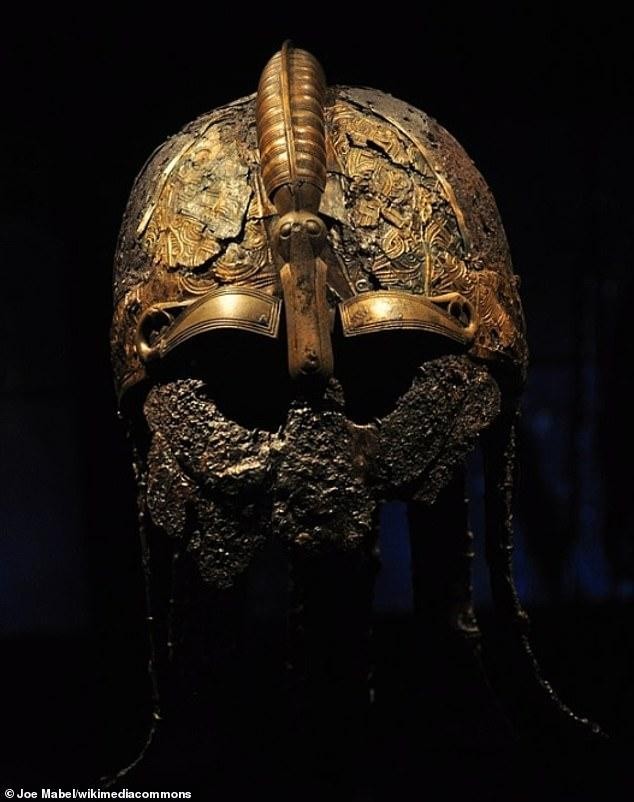 |
|
Warrior helmet… |
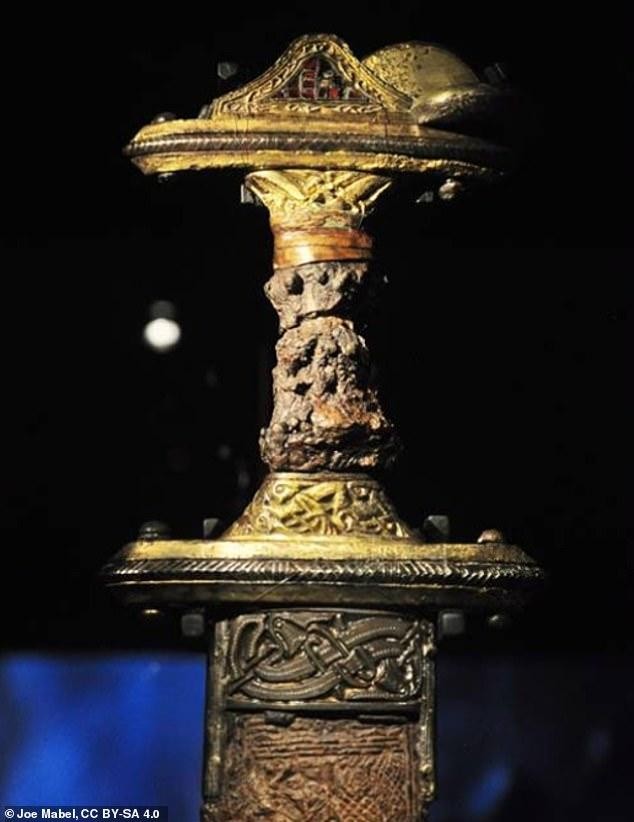 |
|
and elaborately decorated weapons were found in ancient tombs. |
The remains of the two warriors were placed on a soft cushion, stuffed with feathers of many types of birds. Researchers believe that the ancients prepared these items in the hope that the journey to the underworld of the deceased would be easier.
Microscopic analysis showed that the feathers in the mattress were taken from geese, ducks, partridges, crows, sparrows, waders (swamp birds) and even eagle owls. Even more strangely, in one tomb, there was a large Eurasian owl with its head cut off. Bones of horses and other animals (cattle, pigs, sheep, snowy owls, grouse, ducks, geese and northern pike) were also found near the boat when they were buried about 1,400 years ago. There are also animal-related artifacts, including 20 horseshoes, a saddle, four bridles and four to five dog leashes.
“The warriors appeared to be equipped to row into the afterlife, and were also able to get ashore with the aid of horses. We guess, the choice of feathers to stuff the blanket may have a deeper, more symbolic meaning,” said Professor Birgitta Berglund of the NTNU University Museum in Trondheim, Norway.
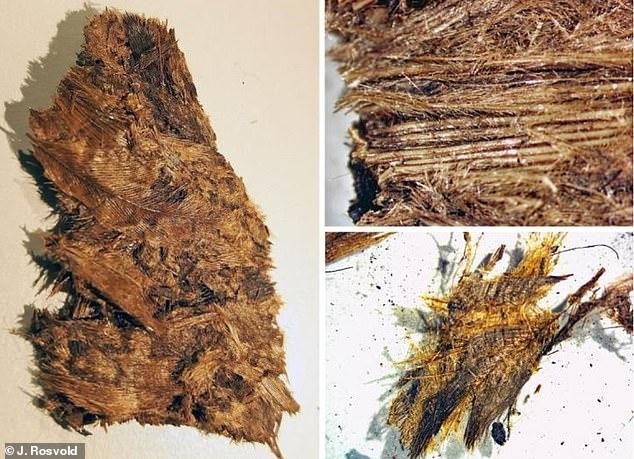 |
|
Feathers are used to make blankets and cushions for the dead. |
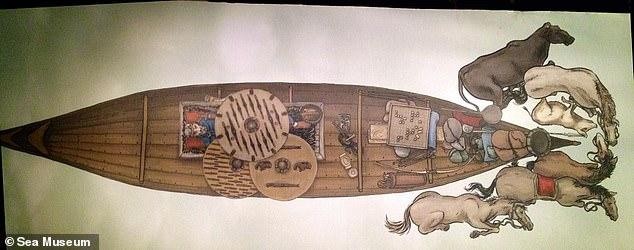 |
|
A variety of animals and related artifacts were buried with the boat. |
According to Nordic folklore, feathers stuffed into bedding for the dying are very important. Professor Berglund explained that ancient people believed that using the feathers of domestic chickens, owls, birds of prey, pigeons, crows and squirrels would help prolong the “fight” with death. “In some areas of the Scandinavian Peninsula, goose feathers are considered the best item to help the soul escape the body,” he pointed out.
The soft feathers in the tombs at Valsgärde, the oldest identified found in Scandinavia, show that the two warriors belonged to the highest class of Iron Age society here. Mr. Berglund said that wealthy Greeks and Romans had used beds for hundreds of years before that, but wealthy Europeans probably did not use them widely until the Middle Ages.
Mr. Berglund believes that the decapitated owl has a meaning related to the burial ritual. According to researchers, keeping birds of prey like eagle owls has long been a status symbol. “Maybe the owls’ heads were chopped off to prevent them from coming back,” the professor said, referring to the bent swords in front of tombs from Viking times to prevent the dead from using weapons if they returned from the dead. die.
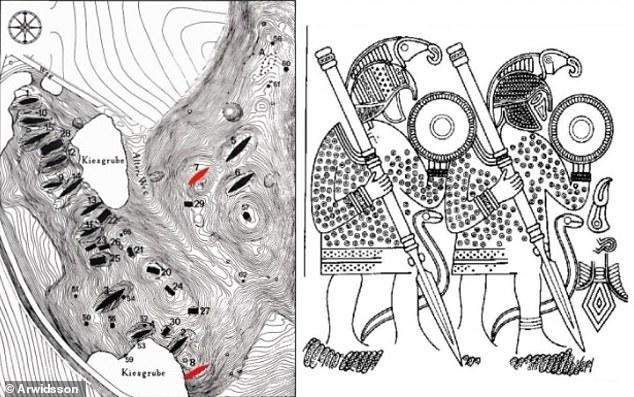 |
|
The dead warriors are thoroughly equipped for their journey to the afterlife. |
Valsgärde began to be excavated in 1928 by archaeologists from what is now Uppsala University Museum. More than 90 tombs from the Iron Age were discovered here, including 15 tombs of warriors buried in burial boats from the late Iron Age (570–1030 AD).
The two tombs that are the focus of the new study are called Valsgärde 7 and 8, both dating to the 7th century. According to Professor Berglund, Valsgärde 7 was excavated in 1933, while Valsgärde 8 was excavated. in 1936.
 |
Besides revealing the burial rituals of the Iron Age, the new research also aims to determine whether the feathers used to make bedding for warriors were imported or taken from local birds. If the feathers were imported, this would open up the hypothesis of some historical trade route.
Study co-author, biologist Jørgen Rosvold, from the Norwegian Institute of Natural History (NINA), said that making feather material is time-consuming and challenging for many reasons. “I am still amazed at how well the feathers are preserved despite the fact that they have been in the ground for more than 1,000 years,” he said.
Research results show that feathers are obtained from different types of local birds, not imported. “The feathers provide new perspectives on the relationship between humans and birds in the past. Archaeological excavations rarely find traces of birds other than those used for food,” Mr. Berglund concluded.